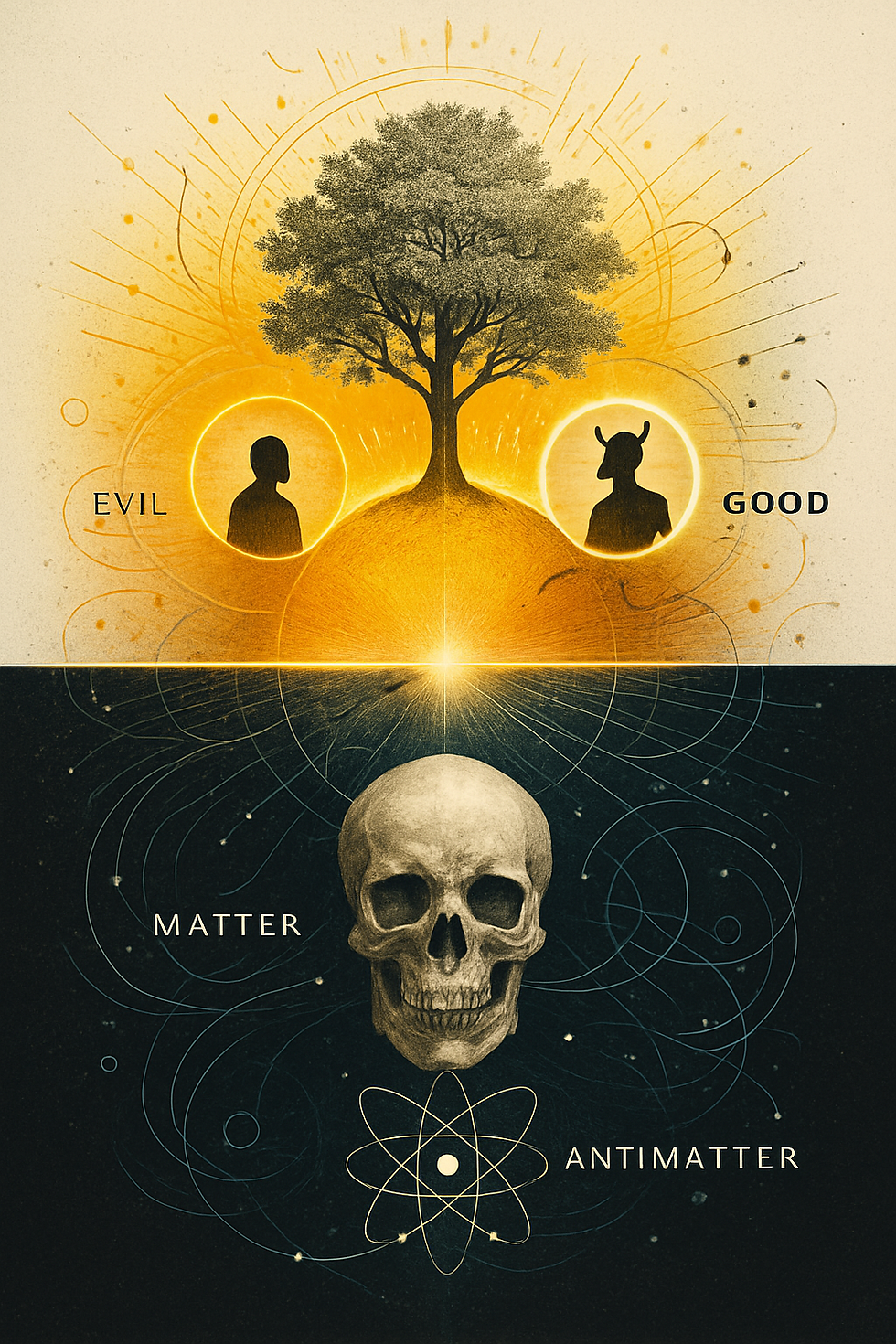The Geometry of Friendship
- rabie soubra
- Sep 28
- 4 min read
When two people first meet, they create a line between them, a simple connection that represents their initial interaction.
This line can grow longer, shrink, disappear entirely, or remain static depending on the circumstances.
Most of these lines fade away as people move through their daily lives, but some persist.
The line that survives begins to change. They might thicken with repeated contact, strengthen through shared experiences, or develop tension from conflict.
Eventually, if the connection endures and deepens, something remarkable happens: the line evolves into a two-dimensional space, a polygon with a measurable area.
This transformation marks the birth of true friendship.
Its space.
The relationship now exists within geometric boundaries that have actual space inside them.
The larger this polygonal area, the stronger and more resilient the friendship becomes.
Within this space, genuine connection unfolds, expectations find their proper proportions, disappointments can be absorbed, and people have room to be authentically themselves.
Picture friendship as existing within invisible boundaries that form a geometric shape around the relationship.
Strong friendships operate within expansive polygons, perhaps hexagons or octagons with generous areas where friends can move freely.
They can have bad days, make mistakes, disappoint each other occasionally, pursue different interests, or even disagree strongly without threatening the friendship itself.
The large area provides buffer space for human imperfection.
Weak or superficial friendships exist within much smaller geometric spaces, tight triangles or narrow rectangles where every action, word, or gesture carries outsized weight.
In these cramped areas, a delayed text response becomes a crisis, a forgotten birthday becomes a betrayal, and any deviation from expected behavior threatens the entire structure.
Consider two scenarios.
Sarah and Emma have been friends for years. When Sarah forgets Emma's promotion celebration, Emma feels disappointed but thinks "Sarah's been overwhelmed with her mother's illness lately."
Their friendship polygon is large enough to contain this disappointment without damage. Sarah apologizes, Emma accepts, and they move forward.
Meanwhile, Jessica and Rachel have a newer, more tentative friendship.
When Jessica makes the same mistake, Rachel interprets it as a sign that Jessica doesn't really care about their friendship.
Their polygon is so small that this single incident consumes most of the available space, leaving little room for understanding or forgiveness.
The friendship becomes strained or ends entirely.
The difference lies in the geometric area available to absorb and process the inevitable friction that comes with any human relationship.
Several factors increase the area of friendship's geometry:
Time and shared history naturally expand the boundaries.
Years of positive interactions create a foundation that can support occasional disappointments.
The polygon grows with each shared experience, inside joke, and weathered crisis.
Mutual vulnerability adds a significant area. When friends reveal fears, failures, and insecurities to each other, they're essentially expanding their geometric space to include previously hidden territory.
The more they know about each other's full humanity, the more room there is for imperfection.
Forgiveness and grace stretch the boundaries outward. Each time friends choose understanding over judgment, the polygon gains area.
This creates positive feedback, a larger space makes forgiveness easier, which in turn creates even more space.
Individual security and emotional maturity contribute enormously.
Friends who are comfortable with themselves require less validation and maintenance from others, naturally creating more spacious geometric relationships.
Realistic expectations keep the polygon from artificially constraining itself.
Friends who understand that no one person can meet all their needs, that everyone has bad days, and that people change over time create room for these realities within their relationship geometry.
Certain behaviors and attitudes shrink the available area:
Keeping score turns the polygon into a cramped accounting ledger where every favor given or received must be precisely balanced.
This leaves little room for natural give and take.
Jealousy and possessiveness create internal walls within the polygon, subdividing the space and making movement restrictive.
Friends start monitoring each other's other relationships and activities.
Unrealistic expectations act like internal pressure, compressing the available area. Expecting friends to be constantly available, always agreeable, or perpetually supportive creates unsustainable geometric constraints.
Poor communication fills the space with misunderstandings and assumptions, leaving less room for actual friendship.
The polygon becomes cluttered with unresolved tensions and unspoken resentments.
Insecurity and neediness create a gravitational pull that warps the polygon's shape, making it unstable and difficult to navigate.
Everything becomes about reassurance and validation rather than genuine connection.
The healthiest friendships actively maintain and expand their polygonal area.
This happens through regular communication that clears out misunderstandings, ongoing investment in shared experiences that add new dimensions, and conscious choices to extend grace during difficult periods.
Some friendships stabilize at a particular geometric size that works for both people, perhaps a moderate pentagon that provides enough space for a casual but reliable friendship.
Others continue expanding throughout decades, becoming sprawling geometric spaces where two people can exist in all their complexity without constraint.
The geometry of friendship reveals why some relationships feel effortless while others feel exhausting.
It's the difference between having room to breathe and being constantly pressed against the boundaries of what the relationship can contain.
But, alas, like any geometric shape, it has finite boundaries.
Very few friendship polygons form an infinite area.
And it does happen that one friend ventures too far off the edge and falls out.
Then the polygon disappears.
It returns to singularity.






Comments